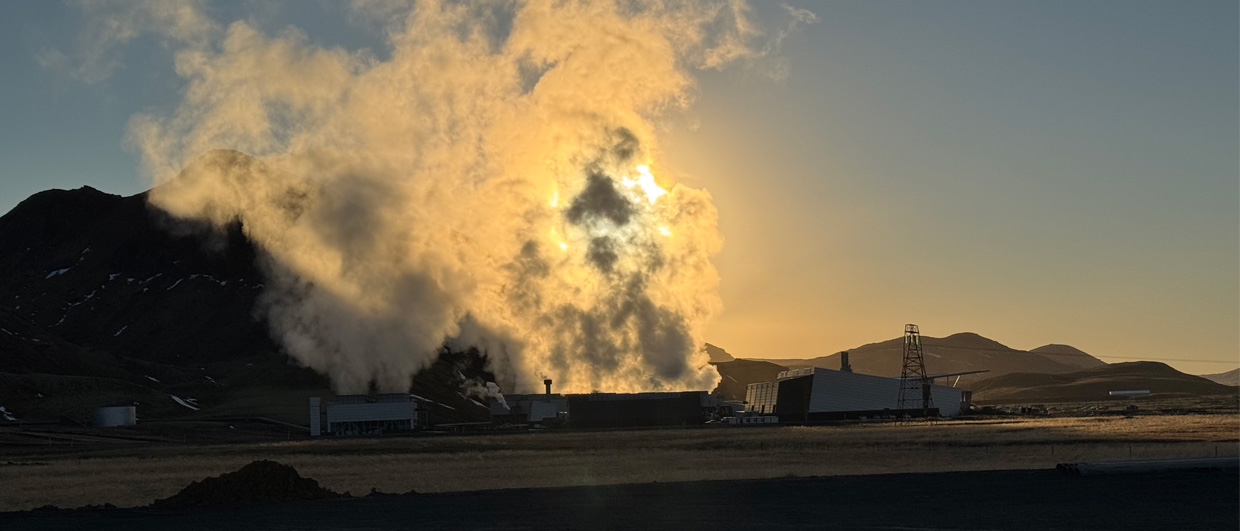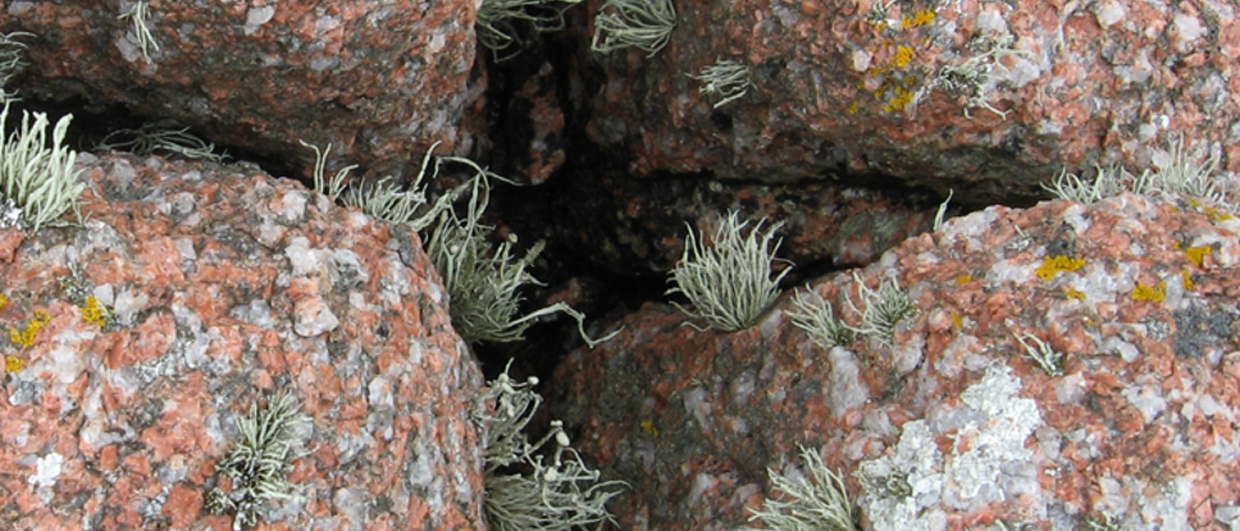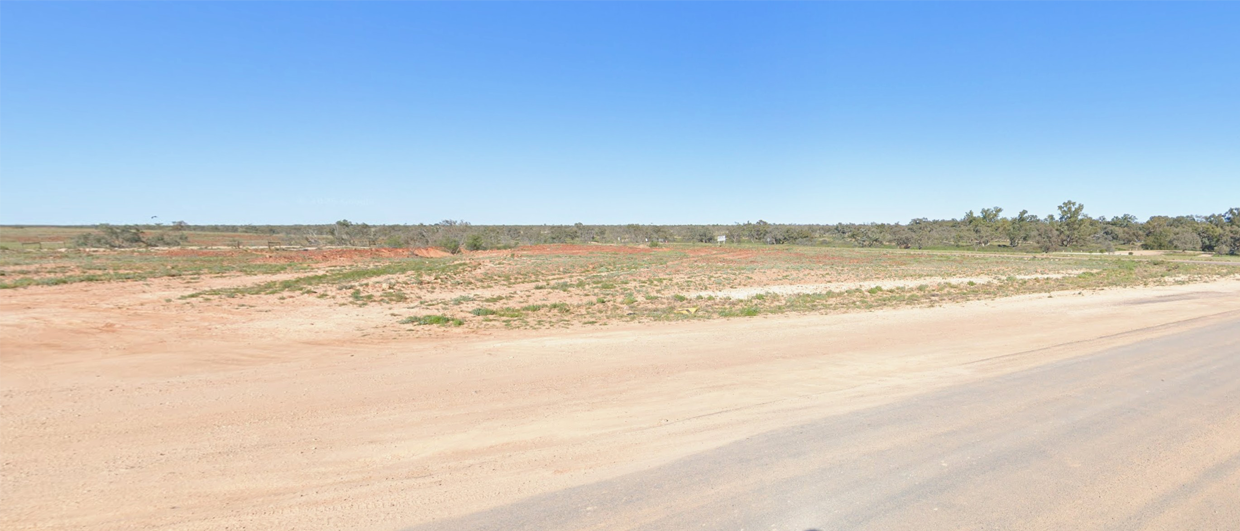Drilling for geothermal energy is not new in the Netherlands, but most projects so far were completed to produce energy for greenhouse heating. What is new in the case of the recently spudded well Leeuwarden-GT-01 is the fact that it aims to use the energy in a district heating system for the city of Leeuwarden in the north of the country. If successful, the geothermal project aims to provide heat to 6,000 to 8,000 homes using 90 degrees C water.

Shell is only one of the four companies forming the consortium, with the initiator of the project being Construction Company Dijkstra Draisma that successfully applied for a licence in 2013.
The area around Leeuwarden is not alien to drilling activities. To the east of the city lies a complex of gas fields producing mainly Lower Cretaceous shallow marine reservoirs. However, the well that is currently drilling aims deeper and will probably terminate in the Upper Carboniferous after penetrating the Rotliegend (Upper Permian) target reservoir at around 2,500 m depth.

Let’s have a quick look at neighbouring wells (see map above). The closest deep well is LWS-01, drilled in 1986 by Elf Petroland. This well did not penetrate the Rotliegend and terminates in the overlying Zechstein.
About a kilometre to the southeast lies well Leeuwarden-05 (LEW-05), drilled in 1969. Terminating in the Upper Carboniferous succession of the Limburg Group, the well drilled two Rotliegend sandstone intervals: the Upper Slochteren Member from 2526 to 2654 m and the Lower Slochteren Member from 2660 to 2668 m MD. Based on these results, it seems likely that the Upper Slochteren Mb forms the main target for the well currently drilling.
Based on core measurements in LEW-05, the porosity of the Rotliegend sandy interval looks to be quite good with values of up to 25% and permeabilities of several tens of mDs.
Looking at the cross-section presented above, it is obvious that the Rotliegend does not vary greatly in thickness in the area, so it looks likely that the expected thicknesses in the well will not deviate significantly from what was seen in LEW-05.
If production tests from the well are successful, a second hole will be drilled next year such that one can be used as the producer and one as the injector. A new 11 kilometre district heating network will also be put in place following a positive test.
With EBN’s ambition to source up to 25% of the energy required for the built environment from geothermal sources, the Friesland project can potentially form a stepping stone for more projects of the same kind.
HENK KOMBRINK





